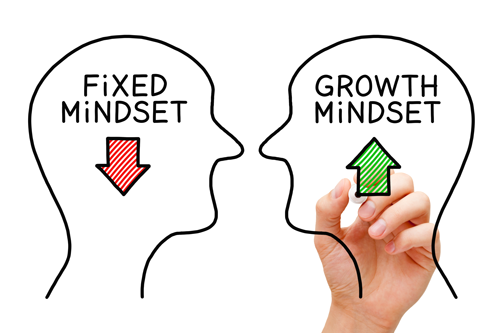Empower Your Teams

Building Scrum Leaders
Great Scrum masters must do many things well: They are part process administrator, part enabler, part statistician, part facilitator, part negotiator, and part therapist and best friend. They are the eye of the storm of product development, sitting in the middle of the team while keeping the team connected to product partners and collaborating teams. Success for them means keeping a tight focus on the delivery of value while maintaining alignment and cohesion, in the midst of continuous discovery and change.
A change in mindset
Scrum masters bring skills and experiences from prior roles to an Agile team, and while these help to meet the challenges of the role, they must learn new ways of thinking about how to plan, communicate and lead if they are to succeed in helping their teams BE agile, not just follow an agile process.

Achieving agility
All too frequently a talented project manager or technical lead will find themselves applying what they have learned in Scrum classrooms on top of the ways they are used to working, and the result can resemble traditional ways of working with new Agile terminology tacked on top. In many cases this can actually reduce performance, as the team is now carrying the burden of agile processes on top of the old
Breaking through to true agility requires a radical shift in mindset, and classroom training is rarely enough to bring this about.

Guiding the journey
When entering new territory, it helps to have a guide who has walked the new pathways for decades. Who lives and breathes agility. Our mentors partner hands-on with knowledgeable scrum masters individually and in groups, and guide them through the inevitable stumbling blocks and early failures and help them internalize the underlying concepts of Agile on the court so that they can apply the new processes and practices and guide their teams to breakthrough results.
It’s about Partnership
True agility depends on partnership. Partnership between the mentor and the scrum master, and between the scrum master, team, product owner and stakeholders. Building that partnership creates trust and a feeling of all being in this together. When partnership is strong, the process of scrum flows like water.

Engagement Structure
We engage with existing Scrum masters individually and in groups, depending on the specific needs, logistics and cadence of the client organization. We build on what they already know, refresh them on any gaps, and mentor them on-the-court as they become Agile leaders embedded in their teams. This is a part time engagement on an as needed basis.
Meeting & assessment
- 1:1 interview with each SM to understand their perspective & needs
- Shadowing each ceremony to understand strengths and opportunities for growth
- Customized refresher training to address areas of improvement
- Refresher of what's needed in each ceremony
- Goal
- Agenda
- Inputs
- Outputs
- Increasing transparency & collaboration
- Building trust
- Servant Leadership
- Skin in the game
- Partnership with the business
- Ideal refinement
- Working agreements
- Working effectively with other teams
- Managing dependencies
- Getting on their backlogs
- Metrics & reporting
Mentoring
- Modeling mock ceremonies to show ideal facilitation (as needed)
- 1:1 Mentoring sessions (1 hour per sprint per SM)
- Follow up coaching/mentoring (as needed)
Time Commitment
The time and intensity varies depending on the prior experience and aptitude of the scrum master, but typically our mentees are able to demonstrate meaningful agile leadership skills after X hours of observation, training, and mentoring over the course of Y sprints.



